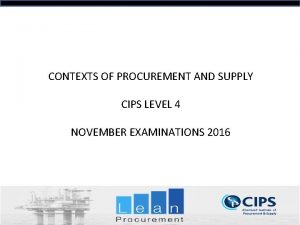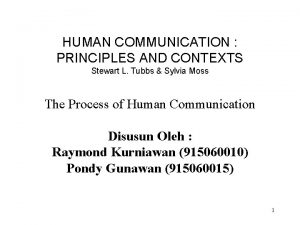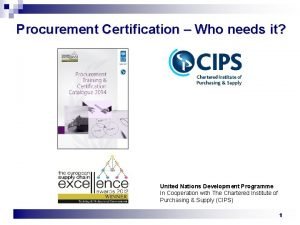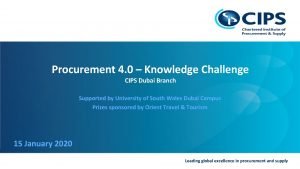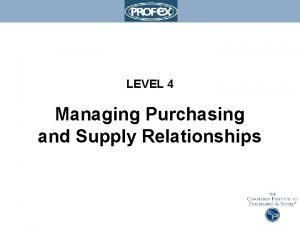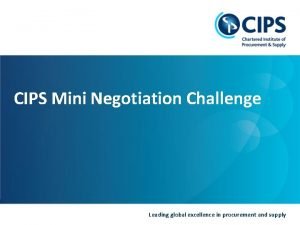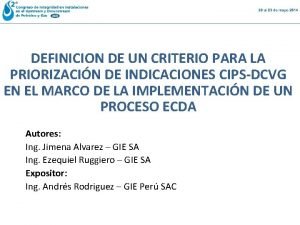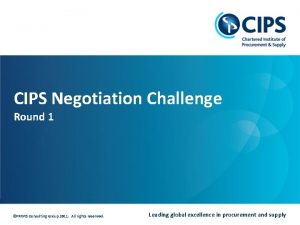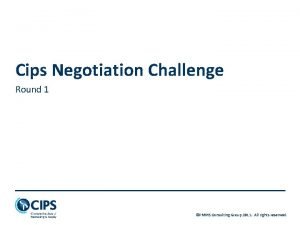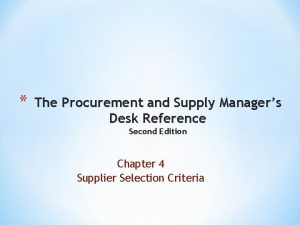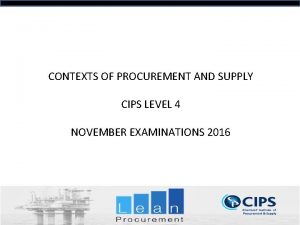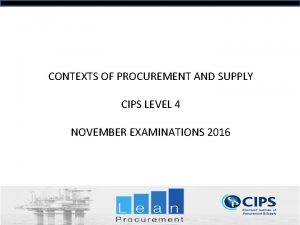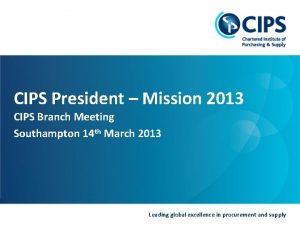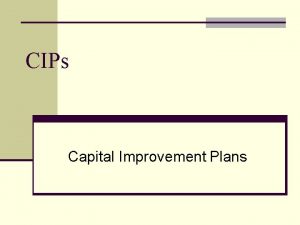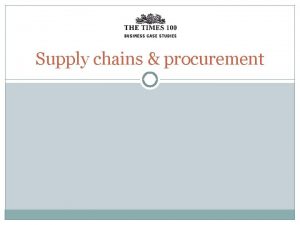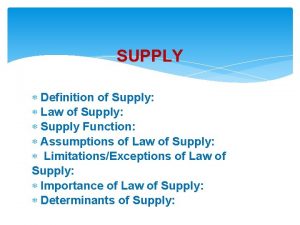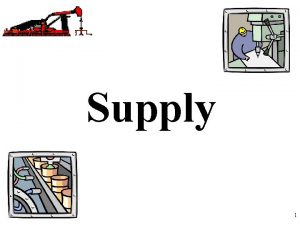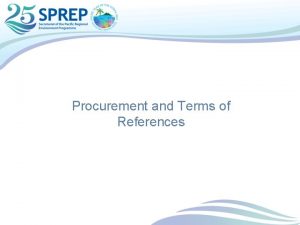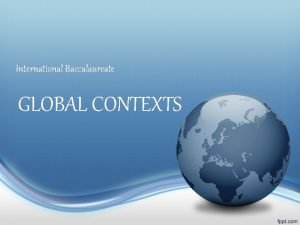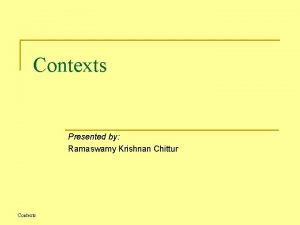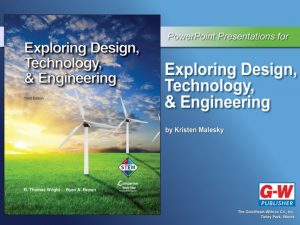CONTEXTS OF PROCUREMENT AND SUPPLY CIPS LEVEL 4

















- Slides: 17

CONTEXTS OF PROCUREMENT AND SUPPLY CIPS LEVEL 4 NOVEMBER EXAMINATIONS 2016

Session 6 – Agenda for the day §Completion Chapter 6 and study session o 2. 3 – Explain how electronic systems can be used at different stages of the sourcing process Homework Describe TWO e-sourcing tools and their use in procurement and supply. (10 marks)

Chapter 6 – E-Procurement Section Headings 1. 2. 3. 4. 5. 6. Electronic systems in the procurement process E-Requisitioning E-Sourcing E-Ordering E-P 2 P E-Payment

Chapter 6 – E-Procurement 1. Electronic systems in the procurement process The impact of information and communications technology (ICT) What has changed due to using ICT in procurement? §Speed of communications and processing time §Access to knowledge and information §Timescale – 24/7 §Paperless communications §Creating virtual relationships QQ – Does the above apply to some extent in your current job?

Chapter 6 – E-Procurement 1. Electronic systems in the procurement process The internet and e-commerce §E-Commerce - Business transactions carried out via ICT §Dedicated web-sites exist §Accesses huge amount of information that is ‘largely’ up to date §Prices, specifications, stock levels, delivery times can all be available QQ – Does this always make it easier for the buyer? Other benefits include: §Wider choice of suppliers §Savings in procurement costs §Support for low inventory and efficient stock turnover §Improved supply chain relationships and coordination

Chapter 6 – E-Procurement 1. Electronic systems in the procurement process E-purchasing §E-Purchasing – Use of ICT to enhance external and internal supply management proces §Figure 6. 1, Page 127, emulates Figure 5. 1 Page 97 in the purchasing process §Chapter looks at how E-Procurement can assist in this procurement process §Table 6. 1, Page 128, E-Procurement functions and tools including: §Need identification – Inventory, analysis and specification §Sourcing the market – Market intelligence, catalogues, suppliers, ITT, auction §P 2 P & contract management – Track deliveries, expediting, auto receipt, payment More in the table, however some areas mentioned are debatable!

Chapter 6 – E-Procurement 1. Electronic systems in the procurement process Benefits of automating procurement and supply chain processes §NB – Often there is a mix between manual and automated activities in the process §Competition in the private sector – costs, value for money and customer service §Reduces manual data and document handling tasks §Potentially 10: 1 cost ratio when comparing manual to automated processing costs §Other benefits include: §Improved communication and transparency §High accurate of data input and manipulation §Reduced cycle and lead times §Improved supplier relations §Real-time information §Reduced risk of fraud §Improved management reporting information

Chapter 6 – E-Procurement 1. Electronic systems in the procurement process Risks and costs of electronic procurement processes §Sounds like a no-brainer, however there are some drawbacks: §High level of outlay is often required; design, specification, IT costs etc §High initial learning curve §Reliability problems, especially at the early stages §Compatibility issues with own system §Ethical issues, smaller vendors may not be able to compete §Data security risks §The organisation can take certain measures to mitigate these risks: §Physical security §Data backup routines §Passwords and system upgrades §Firewall systems along with malicious software protection §Authorisation procedures

Chapter 6 – E-Procurement 2. E-Requisitioning Electronic requisition §Tried to simplify the process §Database should contain records of materials, parts, coding, description, usage etc Requirement planning and specification system Examples of some tools: §Joined systems for resource planning (materials, people etc) §Design and development systems Electronic point of sale (EPOS) systems §Uses bar coding and radio frequencies, useful for inventory and sales §Real time stock control and information §Best examples to use are in logistics and supermarkets §Benefits include: §Quicker processing of customer transactions §Stock management §Quick communication and access to financial and purchasing information

Chapter 6 – E-Procurement 3. E-Sourcing – Use of the internet to make decisions and strategies into how and where services and products can be obtained Tools include: §E-Catalogues §Supplier portals and market exchanges §E-tendering §E-auctions §Online supplier evaluation data Supply market data Table 6. 3 Page 132, Advantages and disadvantages of using the internet for market data

Chapter 6 – E-Procurement 3. E-Sourcing E-Auctions Benefits include: §Quicker admin and reduction in acquisition lead time §Savings for buyer through increased competition §Access for buyers for a wider number of suppliers §Less time ‘wasted’ on interpersonal interaction §Opportunities for supplier to enter closed markets §Opportunities for supplier to gain competitor and market pricing data Downsides include: §Based on zero-sum, one gains one loses §High chance of a cartel §Long term adverse effects on performance as price is usually the only factor

Chapter 6 – E-Procurement 3. E-Sourcing E-Tendering Process includes: §ITT sent electronically to the bidders §Suppliers respond electronically §Buyers can view the front end process electronically §Security features back-up the controls of the tendering process §System can allow for automatic scoring §Notification can also be done electronically Benefits include: §Enhances tender best practice §Process efficiencies §Cross functional communication §Faster responses §Improving transparency and fairness §Improving the audit trail

Chapter 6 – E-Procurement 3. E-Sourcing E-Tendering Drawback include: §Limited access for suppliers if they don’t have the equipment or technical knowledge §Security/ IP §Investment costs §Training Benefits of e-sourcing: §Reduced costs through process efficiencies §Best practice development §Better quality and capability §Reduced sourcing cycle times §Improved training and efficiency §Table 6. 4, Page 134 – Advantages of e-sourcing in the public sector §Must be part of an overall strategy!

Chapter 6 – E-Procurement 4. E-Ordering E-Catalogues §Online web-based tool emulating a suppliers catalogue §Can be very one-way with no human interaction §Continuously requires updating Desk-top procurement systems §When e-requisition has been placed buyer can then specify electronic documents used §Electronic PO’s for example Automatic ordering §Automatic PO’s can be created by MRP, EPOS etc §Contracts and terms have already been formally agreed and just calling off §Can be in line with lead times and schedules E-contracting §Cut and paste standard terms with much tighter controls §But can also assist in contract variation and integration with a contract database

Chapter 6 – E-Procurement 5 E-P 2 P E-Catalogues All stages of the P 2 P cycle can be computerised: §Electronic data interchange (EDI) – Documents going from one department/ company to another §Online track and trace – enables location and progress of deliveries §Expediting by exception – can flag late orders and potentially automatically expedite §Receipt and inspection – can scan gods received automatically and log the data §Electronic payment – automatic generating of invoice matching (self billing) §Contract management systems – creation of electronic contracts §Database information – centrally stored and manage most business data Benefits include: §Simplifying and improving the flow of work through the system §Interface between the organisation and its suppliers §Error rates associated with data input, transfer and process reduced §Procurement and finance can assist with higher level tasks §System provides for procedural consistency

Chapter 6 – E-Procurement 6 E-payment Electronic and consolidated invoicing All possible separate invoices sent to the supplier in one electronic invoice Automatic invoice matching Electronic invoice scanned in the system automatically matched with PO and GRN Evaluated receipt settlement Mentioned earlier Electronic funds transfer §Funds transferred between one bank account to another, e. g. BACS §Saves in administration costs and improved security (although not foolproof!)

Chapter 6 – E-Procurement 6 E-payment Purchasing cards §Similar to credit cards but for low value ad-hoc purchases §Replaces the petty cash system §After the fact transactions which need to be reconciled at a later date §Should be limited to preferred suppliers
 Risks of e procurement
Risks of e procurement Cips code of ethics and professional conduct
Cips code of ethics and professional conduct Shape matching and object recognition using shape contexts
Shape matching and object recognition using shape contexts Model komunikasi tubbs
Model komunikasi tubbs Bolongie
Bolongie Cips undp
Cips undp Cips dubai
Cips dubai Closer tactical relationship in procurement
Closer tactical relationship in procurement Cips challenge
Cips challenge Cips dcvg
Cips dcvg Pmms consulting group
Pmms consulting group Cips challenge
Cips challenge Sonji clarke
Sonji clarke The procurement and supply manager's desk reference
The procurement and supply manager's desk reference Professional context
Professional context Uefap
Uefap Teachers in crisis contexts
Teachers in crisis contexts The term that stresses the social contexts in which
The term that stresses the social contexts in which
